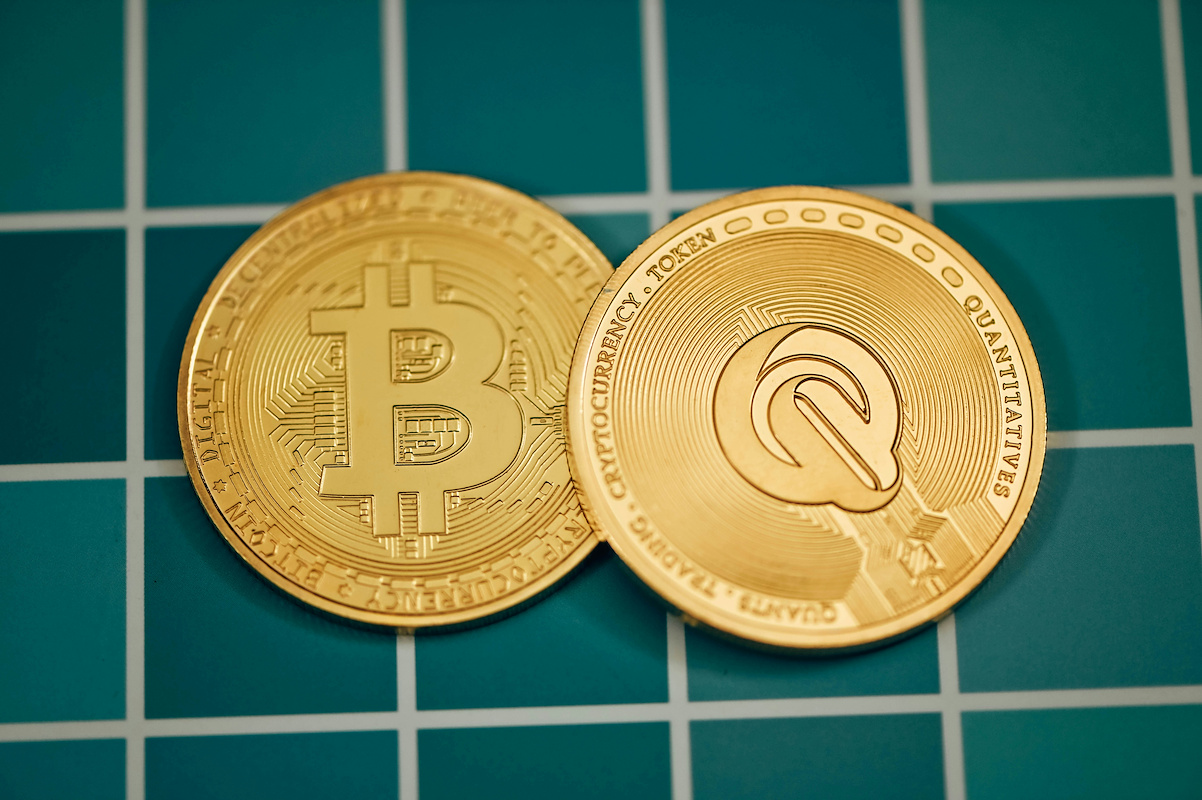Key Takeaways
- Time-Based Condition: Locktime sets a future time or block height before a transaction becomes valid for mining.
- Transaction Validity: It dictates the earliest moment a transaction can be confirmed on the Bitcoin blockchain.
- Advanced Applications: This feature is fundamental for building 2nd-layer solutions like the Lightning Network.
What is Locktime?
Locktime is a parameter within a Bitcoin transaction that specifies the earliest moment it can be included in a block. This condition can be set as a future block height, say block 840,000, or a specific Unix timestamp. Until that condition is met, miners cannot validate the transaction, effectively keeping the funds, whether 100 sats or 10 BTC, in a pending state.
This feature allows for time-delayed payments and forms the foundation for more complex contracts. For instance, you could create a transaction for 0.1 BTC that only becomes valid on a future date. This simple mechanism is a critical component for payment channels and second-layer protocols, including the Lightning Network, which require transactions to be revocable for a period.
How Does Locktime Impact Bitcoin Transactions?
Locktime introduces a temporal dimension to transactions, making them conditional on the passage of time. By setting a future block height or timestamp, a transaction is held in stasis, invisible to miners until its condition is met. This creates a predictable delay, preventing premature confirmation and opening up new possibilities for transaction management.
This controlled delay is the cornerstone for building more sophisticated financial agreements on Bitcoin. It provides a crucial window for parties to update or invalidate a transaction before it becomes final. This capability is essential for constructing payment channels and other off-chain systems that require a degree of flexibility and trustlessness.
The Role of Locktime in Blockchain Security
Locktime is not a direct security shield but a critical component for building secure systems on Bitcoin. It introduces a time-based condition that prevents premature transaction confirmation, creating a window for other security mechanisms to operate. This controlled delay is fundamental to the security models of advanced protocols.
- Fraud Deterrence: Allows for a grace period to invalidate malicious or old transactions in payment channels.
- Contractual Security: Enforces time-bound agreements by making funds inaccessible until a specific point.
- Dispute Resolution: Provides a necessary window for parties to respond to bad-faith actions before they are finalized on-chain.
- Predictability: Reduces the risk of transaction front-running by setting a clear, non-negotiable confirmation time.
Benefits and Drawbacks of Using Locktime
Locktime adds powerful capabilities to Bitcoin transactions but also introduces certain limitations. It allows for predictable, time-bound payments and is foundational for advanced protocols. However, its rigidity can be a double-edged sword for users.
- Programmability: It makes time-based smart contracts and payment channels possible, expanding Bitcoin's utility.
- Rigidity: Once a locktimed transaction is broadcast, it cannot be altered, locking funds until the condition is met.
- Predictability: It guarantees a transaction will not be confirmed before a specific time, useful for scheduled payments.
How to Implement Locktime in Your Transactions
This is how you can set a locktime on a Bitcoin transaction.
- Construct a raw Bitcoin transaction, defining the inputs and outputs as you normally would.
- Set the
nLockTimefield to your desired future block height or Unix timestamp. This value dictates when the transaction becomes valid. - For at least one transaction input, set its
nSequencenumber to any value less than the maximum (0xffffffff). This signals to miners that thenLockTimeshould be enforced. - Sign the transaction with the appropriate private keys and broadcast it to the Bitcoin network. It will remain pending until the locktime condition is met.
Future Developments and Innovations in Locktime Technology
Locktime's foundational role is expanding as new proposals and ideas come forward. These developments aim to increase Bitcoin's scripting abilities and create more sophisticated financial instruments. The future points toward more dynamic and secure time-based contracts on the main chain.
- Covenants: Proposals like CTV could allow for complex transaction flows with predefined time constraints.
- Contracts: More intricate smart contracts become possible, automating multi-stage financial agreements.
- Usability: Wallets and services will likely offer simpler interfaces for creating time-locked transactions.
- Atomicity: Combining locktime with other opcodes could improve atomic swaps and cross-chain interactions.
- Security: New models for vaults and inheritance planning could be built using advanced locktime features.
Locktime's Central Role in the Lightning Network
In the Lightning Network, Locktime is essential for creating payment channels. When two parties transact, they exchange updated commitment transactions, each with a timelock. If one party attempts to cheat by broadcasting an old channel state, the other has a time window, defined by the locktime, to broadcast a penalty transaction and claim all the channel's funds. This mechanism secures off-chain payments by making fraudulent behavior costly and detectable before it finalizes on-chain.
Join The Money Grid
You can access the full potential of digital money through platforms that build upon foundational concepts like Locktime. Companies like Lightspark are constructing a global payments network on Bitcoin's foundation, using the Lightning Network to facilitate instant, low-cost money movement worldwide. These services abstract the technical complexities of features like Locktime, giving you direct access to a new generation of financial infrastructure for instant Bitcoin transfers and cross-border payments.


